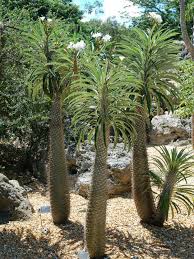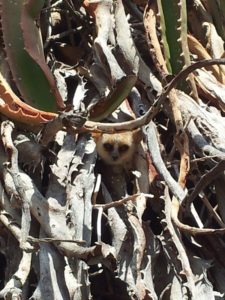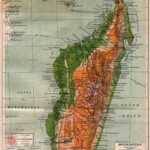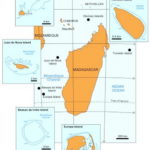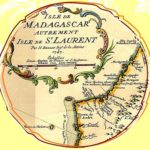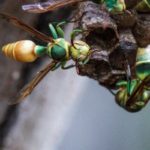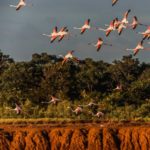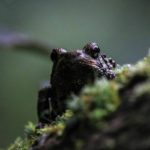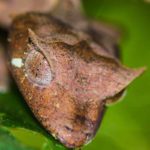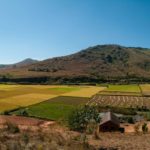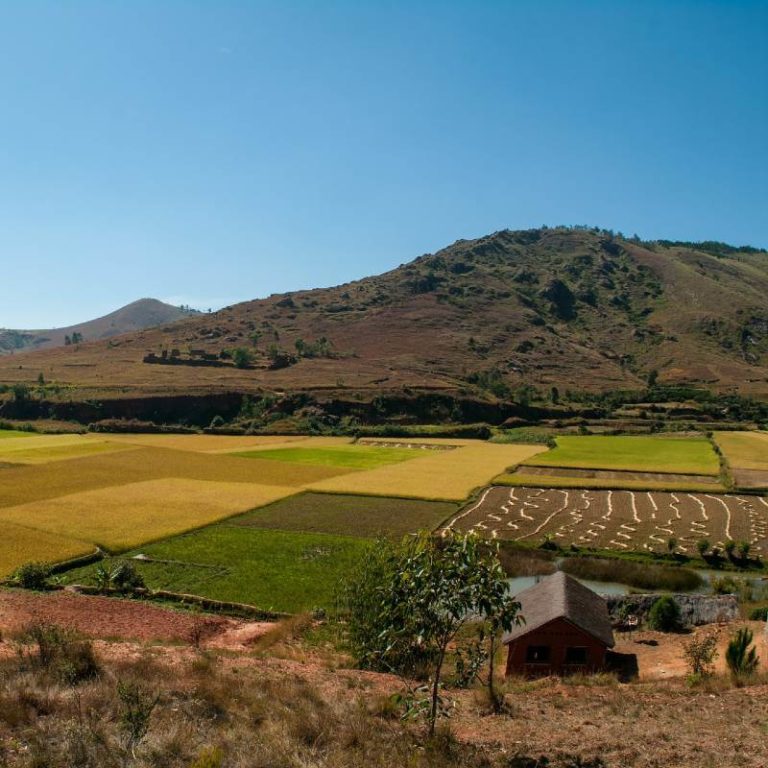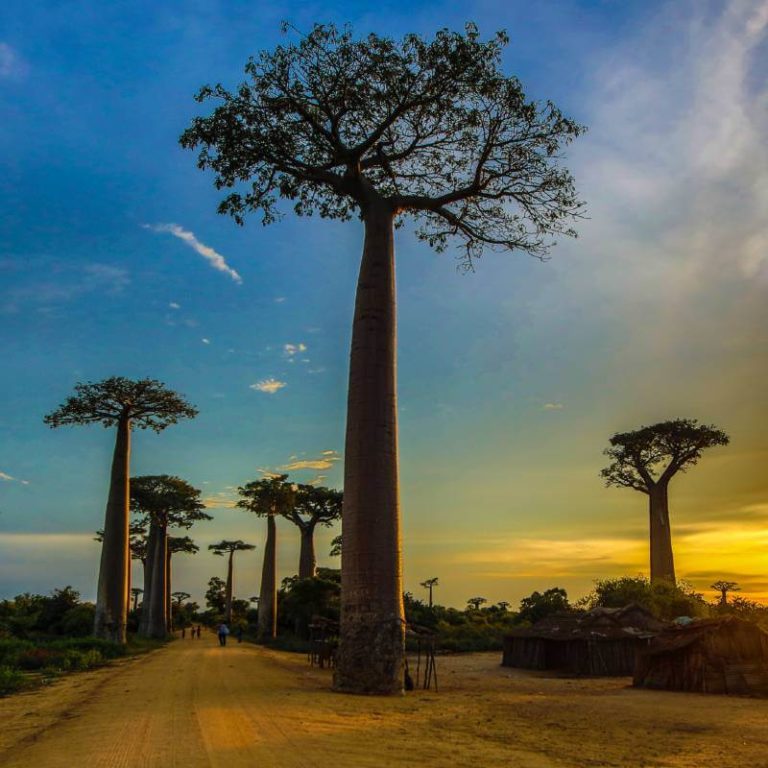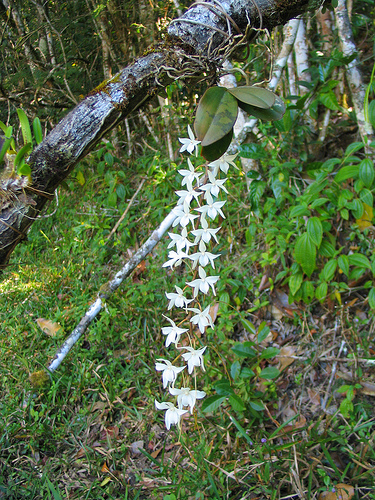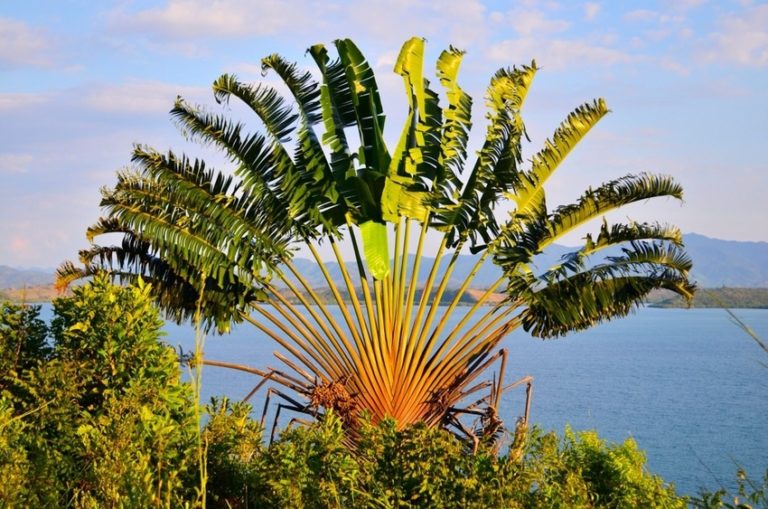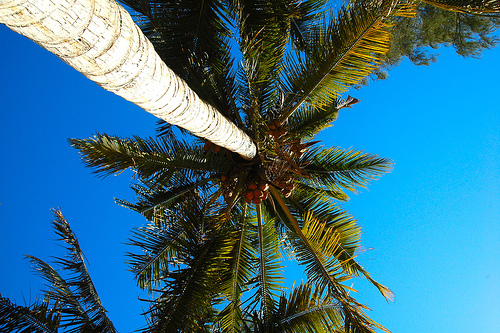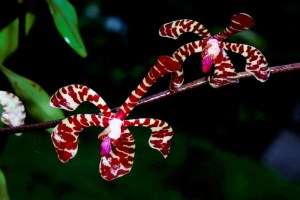The pachypodia on Madagascar
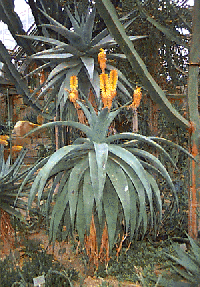
The Pachypodia or also Succulents form a rather adventurous Plant genus in Madagascar. With their sometimes bizarre growth forms and their special ability to survive, they represent a real fascination. In a Madagascar vacation you should therefore not miss these breathtaking plants. Our guided Travel through Madagascar take you into the world of these spectacular plants and also let you discover numerous other Natural treasures of Madagascar discover. Talk to us right away and find out about our various travel offers, where we can From themed tours up to Individual travel have a lot to offer. Surely there is also the right offer for you.
The succulents of Madagascar
The pachypodia belong to the succulents, which in turn are not a separate plant genus are. Succulents are those plants which have a water retaining plant organ have. This makes succulents ideally suited to very dry environmental conditions, where rainfall is usually very rare and water supplies are therefore severely limited. Most people think of succulents first and foremost as cacti, however, there are numerous other Succulents in Madagascarwhich are by no means related to the cacti. Agave plants are a particularly good example of this. Sisal is an agave plant and has been native to Madagascar for some time. However, this plant originated in Central America. Other succulents are endemic and accordingly only native to Madagascar. These include several genera such as many Dog Poisons, which also include the Pachypodia belong. Furthermore are some Spurge, some Legume and also some Mauve family to be called succulents.
Two examples of the spectacular succulents in Madagascar.
In the previous section we already talked about how versatile and varied the world of the Succulents in Madagascar is. To ensure even greater insight, two particularly astonishing and sensational examples are presented below. So you can prepare yourself, as it were, for your next Trip to Madagascar get inspired.
The Madagascar Palm
The Madagascar Palm originates, as the name suggests, originally from Madagascar. The botanical name of this plant is Pachypodium lamerei, where Paychopodium roughly translates to "thick footcan be translated as "Madagascar palm". The Madagascar palm comes from the dog palm family and is also cultivated in Germany as a houseplant. The advantage of the Madagascar palm: Since it is very robust as a succulent, it rarely dies even with little care. In Madagascar there is a total of 13 different typesSome of them can grow up to six meters high, while others are only as big as pebbles. The Madagascar palms have a so-called thorny coat, whereby these thorns are actually stipules. These stipules are very thickened and therefore act like spines. By the way, the pachypodia are very slow growing plants. Therefore, until they bloom for the first time can easily take up to ten years. By the way, the plant got the name Pachypodium, meaning "thick foot", because it has a lot of Water stored in the lower part of its trunk. Moreover, the sap inside the plant is poisonous and very sticky, so it is better not to touch the Madagascar palm too often.
The aloe plants
Aloe vera is particularly important in this country in the cosmetic and nutritional field coveted and known. The extract from the plant is said to be able to work wonders for physical health and has therefore been cultivated in many places around the world for years. In Madagascar there are numerous aloesThe total number of this genus includes about 500 different species. Of these, of course, by no means all are native to Madagascar. Aloes belong to the so-called Leaf succulents and thus differ from the pachypodiums. The leaf succulents store the water necessary for survival in their leaves, which thus thicken greatly. However, aloes also inspire by sometimes very impressive inflorescences, which present themselves with a graceful blaze of color. Unfortunately, nowadays many species Highly endangered or at least threatened. The Succulents in Madagascar are definitely worth a look on a trip. However, as a traveler you should not forget that most of these species are endangered. The overexploitation of the Malagasy rainforest as well as the Climate Change also affect the habitat of Malagasy succulents. With your Madagascar vacation you can actively contribute to the spectacular Biodiversity on the island to keep alive. Our guided nature tours also get you up close and personal with the plants, making for some truly spectacular memories and moments. Feel free to ask about our current travel offers.

